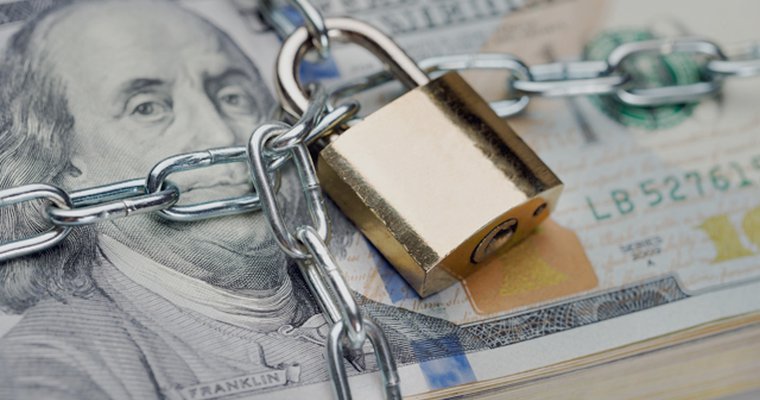


The connected smart safe, an internet-enabled lockbox with biometric access and real-time content-monitoring capabilities, ranks among the more compelling IoT items generating great enthusiasm in the retail space — and for good reason.
 iStock.com/AndreyPopov
iStock.com/AndreyPopov
By William Stutzman, Director of Strategic Initiatives, Ventus Global Network Solutions
Modern retailers are well acquainted with Internet of Things technology. In fact, almost 80 percent of brick-and-mortar and online sellers worldwide now leverage IoT infrastructure, according to research from Hewlett Packard Enterprise. However, IoT hardware and software continues to evolve, as solution providers perfect existing products and services, and develop fresh offerings.
The connected smart safe, an internet-enabled lockbox with biometric access and real-time content-monitoring capabilities, ranks among the more compelling IoT items generating great enthusiasm in the retail space — and for good reason.
Theft remains an immense issue for retail businesses, particularly those with physical footprints, per analysts for the National Retail Federation, who discovered that the average seller loses almost $2,000 for each instance of employee dishonesty.
The smart safe could potentially mitigate financial pressures related to cash shrinkage, reduce cash handling costs, and add needed access to cash that has not physically left the store while reducing the number of cash pick-ups required. But a good number of retail businesses are unfamiliar with this IoT product and all the advantages that come with installation
The smart safe boasts numerous features capable of transforming cash-handling operations, starting with bleeding-edge authentication technology. These IoT assets leverage PIN-based security systems wherein authorized users are given unique access codes— no communal combinations ripe for maltreatment, per Loomis.
Additionally, most smart safes come with cash manager support, meaning firms that use these connected tools can take advantage of ancillary services — armored transportation, for instance — that support extra layers of security and cash management.
On top of preventing internal theft, modern smart safe models boost operational efficiency through advanced cash-handling components that streamline everyday financial activities, from cash-register reconciliation to end-of-business-day counting.
Users can perform these and other common fiscal duties via automated cash-handling software and view accurate tabulations from easy-to-access LCD screens. With these often time-consuming tasks out of the way, employees can focus on front-of-house operations and potentially lay the groundwork for revenue growth.
Additionally, integration with cash-in-transit solutions allow for retailers to lower their armored services costs while getting access to cash in their safes even before it is removed.
These capabilities make the smart safe a popular tool within the retail arena, American Banker reported. Sellers are clamoring to install these advanced cash boxes with hopes of reducing cash shrinkage and improving operations.
Even as digital payment use increases among consumers, retailers continue to invest in smart safes, understanding that they need to do all they can to protect physical tender. That said, few arbitrarily select such solutions, as putting into place mission-critical IoT technology of this kind should not be taken lightly.
Retailers pursuing smart safe implementation typically focus on some common variables. Ease of-use ranks among the most important of these factors, per QSR.
Sellers need equipment that facilitates frictionless staff use. Security is another key variable in the smart safe selection and installation process, as top-of-the-line defensive features are essential to asset functionality.
In addition to these core considerations, retail companies embarking on smart safe implementation normally consider networking infrastructure — after all, these IoT devices hold little value without reliable and secure internet connectivity.
Retailers should look for a vendor who can provide the underlying 4G LTE connective needed to support smart safe technology, and to provide the essential networking infrastructure that will allow them to adopt the latest and greatest enterprise information technology tools.
Bill Stutzman, director of strategic initiatives at Ventus, is a networking industry change agent helping today's IT organizations solve technology challenges and meet the ever-increasing demand on their networks. Bill holds an M.B.A from Columbia University and throughout his career has demonstrated a talent for developing solutions to meet his partners' needs.
Sign up now for the ATM Marketplace newsletter and get the top stories delivered straight to your inbox.
Privacy PolicySeptember 9-11, 2024 | Charlotte, NC